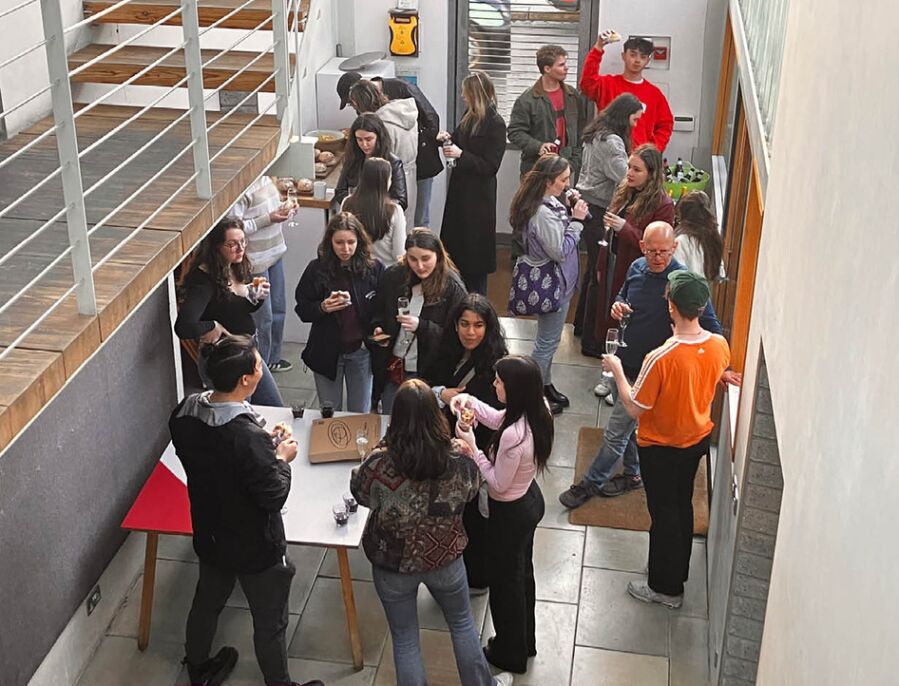
How do we understand creativity and the brain?
On 15 April, Anne and Dan from Design Science hosted 20 students and course leaders from DIS Copenhagen, a Danish non-profit educational foundation that helps students study abroad. The students, from across the United States, were exploring and debating human creativity through neurobiological, cognitive and psychological perspectives.
Anne said, “in order to help them think about the relationship between our minds and creativity, we shared a little about our purpose, some of our projects, the creative approaches that help us bring knowledge to life, and our take on the neuroscience of creativity.”
That approach is, in part, based on ideas from Howard Gardner, Thomas Nagel and Søren Kierkegaard. Gardner recognises that we have multiple intelligences (not just logical-mathematical) all of which are foundations for a creative life in which relationships, language, space, nature, movement, melody and nature should be more fully valued. Nagel says, “everything, living or not, is constituted from elements having a nature that is both physical and nonphysical – that is, capable of combining into mental wholes”. While Kierkegaard tells us, “to fully embrace your creativity you must master your dread of the unknown.” So our advice to those attending was “that the path of least resistance and least trouble is a mental rut already made […] you should use your studies to lean into difficulties and enjoy trying, failing and practising in order to find new connections and new possibilities every day.”